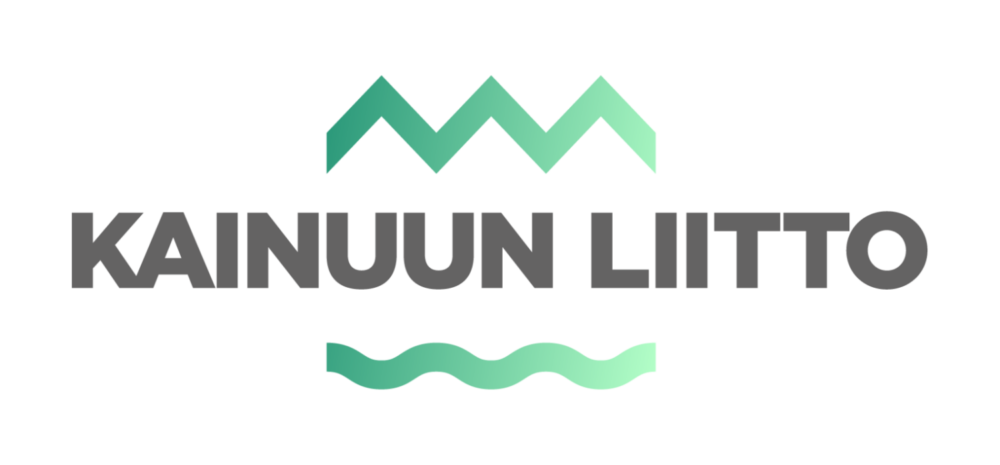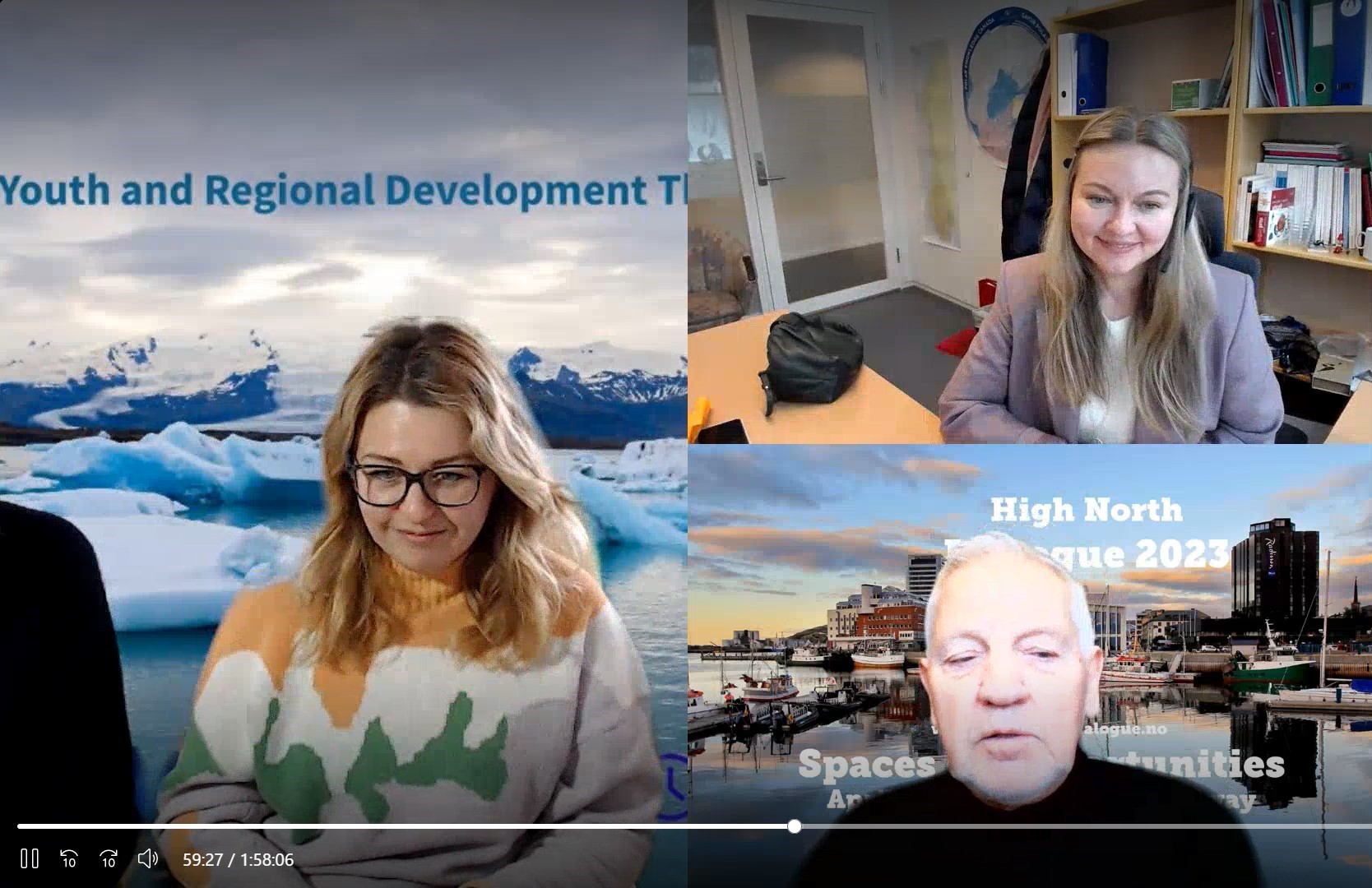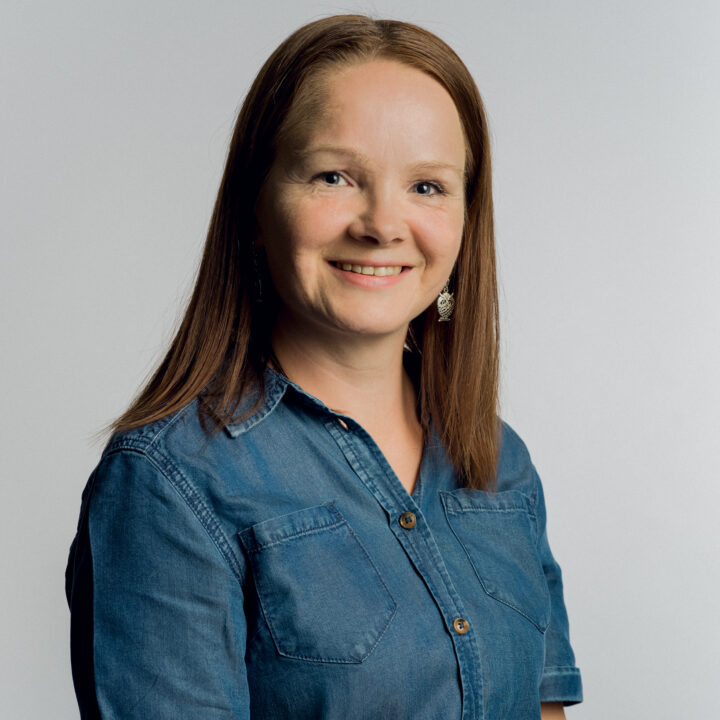On 30th March 2023, the project “Bridging Youth and Regional Development Through Dialogue” arranged a webinar for youth and experts. There we heard interesting expert speeches on building dialogue and participation and there was plenty of time reserved for discussions between and after the presentations. You’ll find the full webinar report in English below.
During spring 2023, the Regional Council of Kainuu together with the Council of Oulu Region and Nord University from Norway is carrying out a small-scale project aiming to give a voice to the younger generation and preparing them for future participation. In the long run, the goal is to find ways to increase dialogue between youth and the experts working within regional development and enhance youth participation in regional development. The further actions will be built on the experiences gained from this project and the recommendations written together with the youth.
The first visible action of the project was a webinar arranged on 30th March 2023. Youth and experts were invited to the event, where we heard interesting speeches on building dialogue and participation. More importantly, there was plenty of time reserved for discussions. Many important questions were brought up to discussions by the audience, giving food for thought and some concrete ideas. A webinar report has been compiled in English, summarizing both the presentations and the following discussions. On the last pages of the report, you’ll find all the questions asked by the audience and the answers given to those as a list.

The Expert Presentations
Kai Alhanen, Director of Dialogue Academy, first shared their view on dialogue in general and then presented how it may be used. Their Timeout discussion model sets ground rules and gives practical tools for equal and respective dialogue. The model is free for all to use and the materials are available online. The model may be used without prior training or experience and modified as seen feasible, but there’s also training available. The model has been developed in Finland, but the materials are available also in Swedish and English, so the method has been spreading also outside the country.
Lassi Heininen, Professor Emeritus, and founder of the Calotte Academy, gave a presentation concentrating on open discussion and dialogue in the academia. The Calotte Academy is sort of a case study of that field, a travelling symposium in the European arctic. The event is very international, regarding both the participants and the locations. There is a group of scholars and (mostly early-career) scientists from different academic fields, who get to participate and present their research and to meet local audiences and experts. The goal is to promote interplay between science and politics, as well as western science and the knowledge of indigenous communities in harsh conditions.
Director Frode Mellemvik from the High North Center at Nord University presented their action-oriented point of view on dialogue. Also the High North Dialogue has long traditions since it started about twenty years ago. The main topic of this event is always business in the Arctic, considering the different perspectives and the tensions, conflicts, and common interests around the topics. Yet business is seen more broadly here, also including local communities, societal development and so on. Students are very important in this dialogue and are a key target group of the conference week and involved in each of the topics and sessions. The week is full of interesting, high-level programme. In addition to the interesting seminars/plenary sessions, there are many side events with more possibilities for dialogue.
How to Build Youth Engagement?
The participation of young people, and especially the role end effort of the public sector were an interesting topic for the participants, raising discussion. There certainly seems to be some sort of a gap between the authorities and the youth. In general, the youth needs to be taken into consideration better than they currently are. Many times, even if invited to participate, the youth are left feeling like they were used as some sort of “decoration” in the participatory processes, and not feeling that they were really taken seriously and having made an impact on any decisions taken.
The ways to develop youth participation should perhaps start by going where the youth are, and starting the discussions on topics that are relevant to them. As the dialogue builds up trust and understanding on both sides of the process, it’ll be easier to deepen the interaction and cooperation and engage the youth in the planning processes. For example, the regional development experts could go to educational institutions and ask the youth how they feel about their life in the region and such topics that are relevant to them. In that way, they probably would learn many interesting things and broaden their professional viewpoint, and find new ways to work with the youth. The methods should be changing along with the society and the situation in question. Also, it is necessary to reserve enough time for the dialogue in general. In any seminar, it would be fruitful to have at least the same time for dialogue as there is for the presentations.
More Information
https://www.timeoutdialogue.fi
https://calotte-academy.com
https://www.highnorthdialogue.no/


